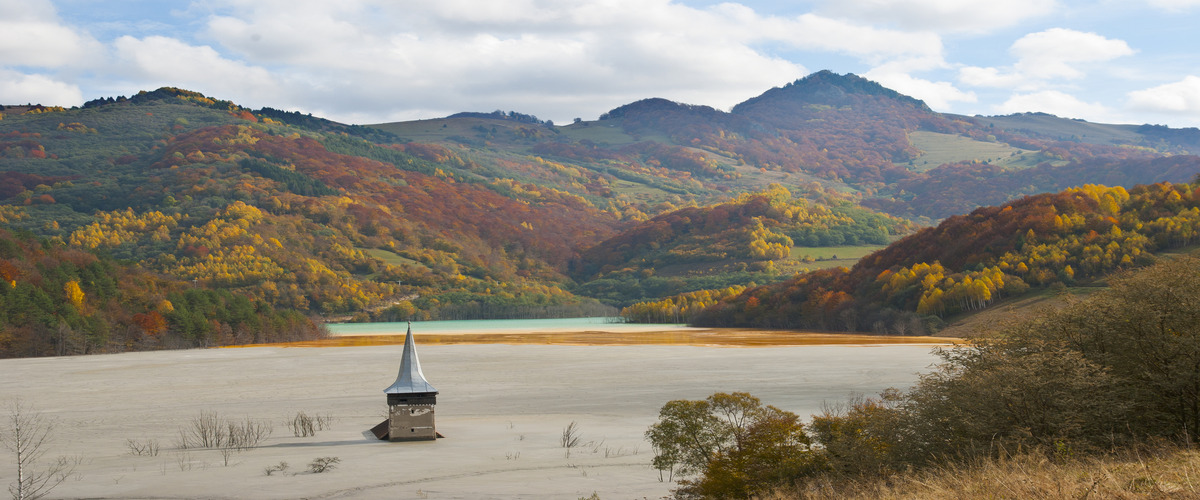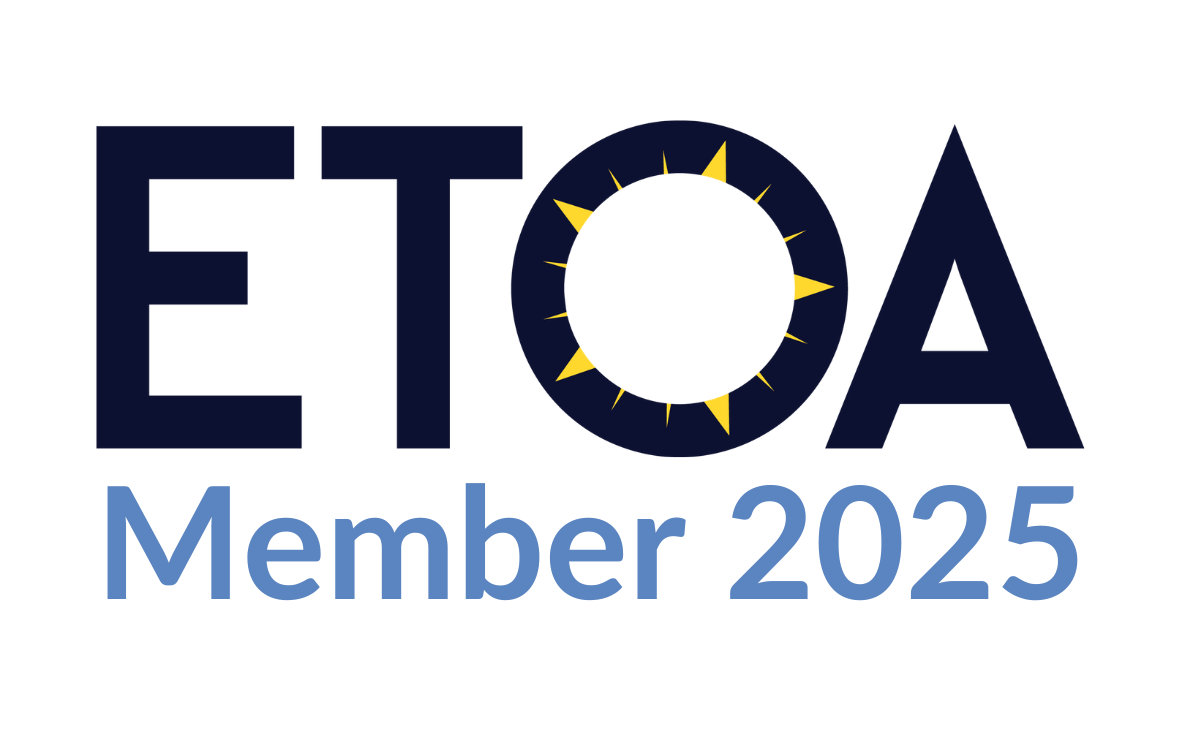 Credits
Credits
 Credits
Credits
- Home
- Rosia Montana Mining Landscape
Rosia Montana Mining Landscape
The Rosia Montana Mining Landscape includes the world's most significant, vast, and technically diversified underground Roman gold mining structure. Roşia Montană is located in a natural colosseum of massifs and spreading valleys in the Metalliferous line of the Apuseni Mountains, in the historical province of Transylvania in the heart of Romania and is the most substantial, large, and technically diversified subterranean Roman gold mine complex known at the time of inscriptions.
During the Roman Empire, it was known as Alburnus Maior and was the site of considerable gold mining. The Romans mined 500 tonnes of gold from the site during a 166-year period beginning in 106 CE, creating highly designed works, several types of galleries totaling 7km, and a number of turbines in four subterranean areas chosen for their high-grade metal.
Mining was also done on the site, albeit to a smaller level, between mediaeval times and the present day. Later mining works encircle and cut through the Roman corridors. The whole structure is situated in an agrarian environment that represents the architecture of the villages that supported the mines throughout the 18th and early 20th centuries.
Because exploitations throughout the Middle Ages and afterwards were done by expanding and broadening the old Roman galleries, only portions of the Roman galleries survive today. The majority of them were completely destroyed in 1970, when a quarry was built in the Cetate region near an elaborate system of galleries known as the "Roman fortifications," without any investigation, or in in situ preservation.
While the Communist leadership and after 1989, the Roşia Montană State Mine suffered significant losses, with investments nearly three times greater than benefits. The mine was closed in 2006 due to outdated technology, a lack of investment, and a lack of a defined growth strategy.
The mayor of Rosia Montana questioned the UNESCO protected area status, arguing that it would increase bureaucracy and costs for residents while ignoring the benefits of the title.

Adventure, bike and eco tours
Wine and gastronomy tours
Adventure, bike and eco tours
Wine and gastronomy tours


.png)




